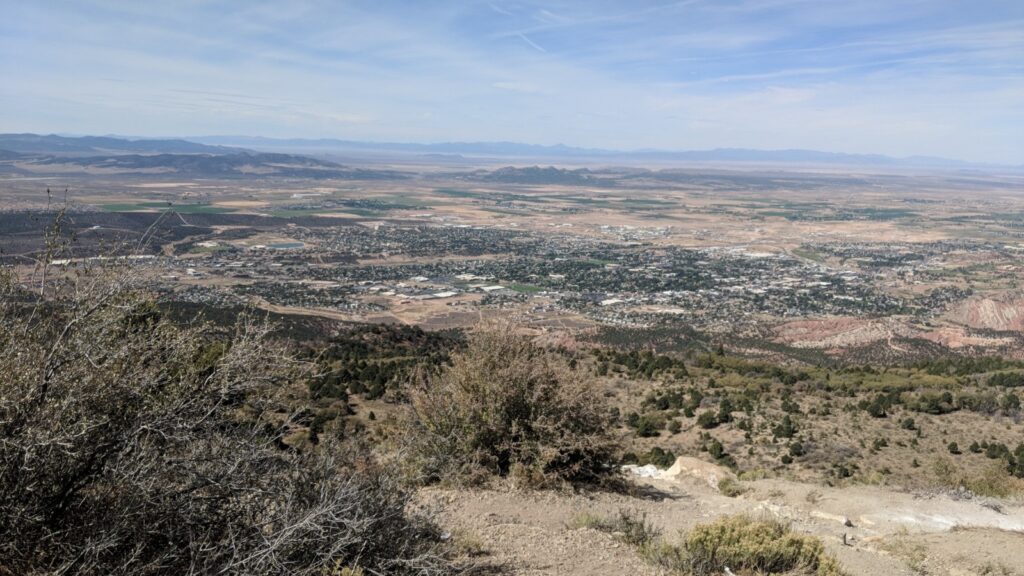
“My mother always told me that if she had enough money, she would have stayed on that train and headed back to Minnesota,” Roy confided to me. This was in the late 19th Century. His mother, who had met his father when he was on a trip back east, had come west to begin her married life. The train stopped in Lund, a small town along the line that would later become the Salt Lake and San Pedro Railroad. After that, it would be part of the Union Pacific line, but all that was in the future. Lund is in the middle of a garden of sagebrush. The country is barren and flat, but in the distance, mountains rise. In 1898, it was the closest rail hub to Cedar City. It’d be another couple of decades before a spur line was established, linking the city and its iron mines to the larger world. On
Roy’s father was there by the small station, with a buckboard, waiting. He loaded her luggage in the wagon. The train continued westward toward Modena and Pioche. Roy’s parents began their life together with a bumpy and dusty thirty-four mile ride to Cedar City. She would live there for the next eight decades. A couple years later, she gave birth to Roy.
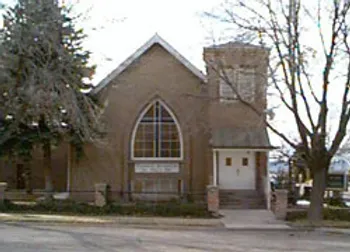
Roy’s father was one of three Swedes to come to Cedar City to herd sheep. In time, each began to save money and acquire their own herds and land. They stood out as Gentiles, non-Mormons, in a community dominated by Latter-day Saints. These three families would later form the nucleus of a Presbyterian Church. While they had been Lutheran, the Presbyterians had missionaries in the region. Roy’s mom agreed to help establish the church if the missionary pastor would teach Luther’s catechism. She would continue teaching Sunday School in that church until she was nearly a 100. She died at 104, a decade before my arrival. However, many of the members at that time still had fond memories of her.
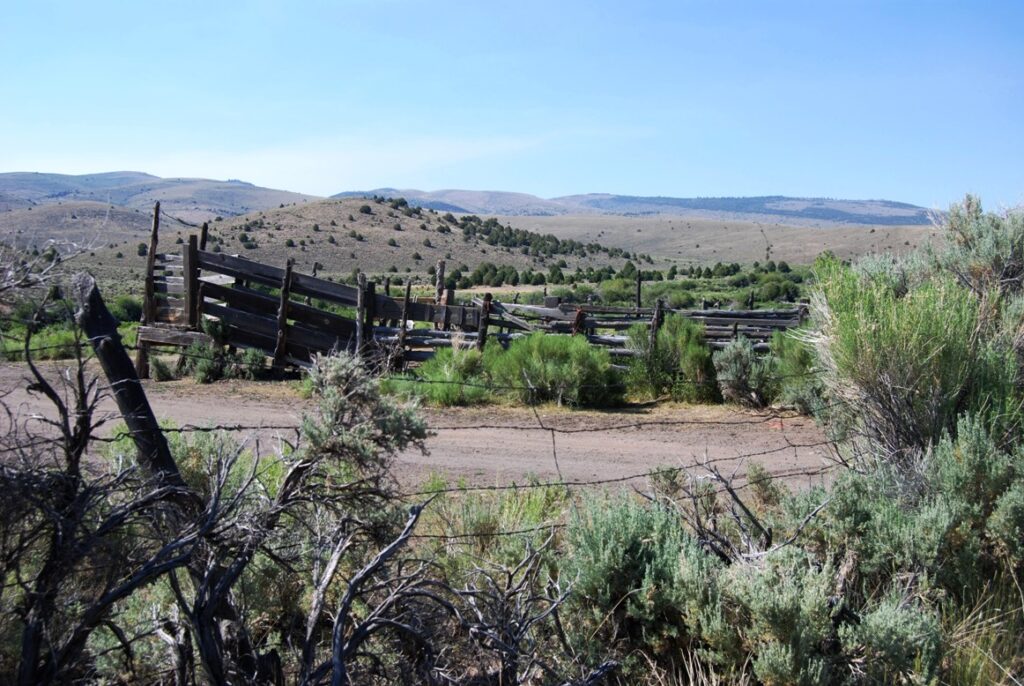
I spent my first Christmas in Cedar City with Roy and Velma and their son’s family, having a large dinner around their dining room table. I had moved to Cedar in October 1993. My wife had stayed behind to finish up her degree at Buffalo State. The day after Christmas, I flew east to meet her. We would visit to our families in North Carolina and Georgia before driving her car across the country. Around their table, I sat as an “adopted orphan” at Christmas,” hearing their story for the first time.
Roy’s first wife was Vera, who’d died in the 40s. Roy had a large sheep operation by then and two young children. He then married Velma, Vera’s identical twin sister. Velma loved telling of the first time the mailman stopped after she had moved to Cedar City. The poor man almost had a heart attack, thinking Vera had come back from the grave. Velma laughed at my suggestion that she should have let the rumor run wild that God was known to raise the Presbyterian dead.
Roy was ninety-two and still active. But he didn’t get out a lot during the winter, with his son running the sheep operation. The exception was to attend church in January, close to his birthday. For the next three years, he stood up during joys and concerns and brag about his age. That first January he bragged that he was going to be 93 and could still ride a horse. The next January, he stood and bragged that he’d be 94 that week, and still his own boss. His wife leaned over to Edith Kirtly, both of whom were in their 80s and hard of hearing. She thought she was whispering, but everyone heard as she said to her friend, “That’s what he thinks.” The congregation erupted in laughter as Roy sat down, his face red with embarrassment.
Over the next few years, I got to know Roy better and we had many discussions on faith. While he supported the church and believed in Jesus, he struggled with doubts that reached back to his youth. He was a high school student when his father, who was at a sheep camp, had a lantern explode in his face. Glass shivers flew into both eyes. From that point on, Roy and his brother alternated between school and running the sheep. In the summer, they were up on the mountain. During winter, the camped in the sagebrush at lower elevations.
Roy’s mom took his father to doctors in the east and San Francisco, searching for someone who could restore his sight. But the damage was too extensive and there was nothing to be done.
Then she heard of Aimee Semple McPherson, a Pentecostal preacher whose worship services from Angelus Temple in Los Angeles was broadcasted across much of the country in the 1920s and 1930s. Known for her healing, she packed her husband up and they headed to Los Angeles, renting a small cabin not far from Angelus Temple. For several weeks they attended worship services and was visited by Sister Aimee. When she thought he was ready, she had him come up on the stage to have his sight restored. She laid her hands on him, prayed over him, and proclaimed him healed. Of course, his father’s eyes were too far gone. He never regained his sight and confided in his son that he never believed Sister Aimee could healed him but attended to satisfy his wife.
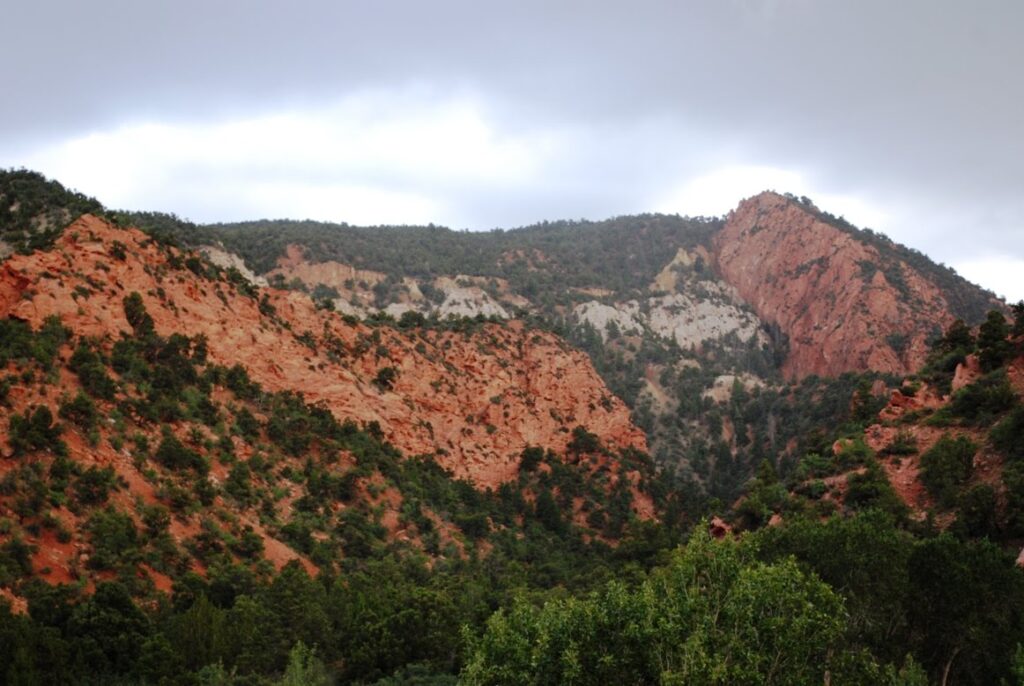
It amazed Roy that I knew about Sister Aimee. A new biography of her had been published a few years earlier and, as one interested in American evangelicalism, I had read it shortly before moving to Utah. In our conversations, I shared much of her intriguing and scandalous story with him.
Roy died in 1997, the year after Utah celebrated its centennial, and two months before the Presbyterian Church moved into its new home. He lived all 96 of his years in Utah. He’d become a successful sheep herder. Although a Gentile in a community dominated by Mormons, he was an important business leader within the community. He even helped the Mormons by contributing to the construction of the second Mormon Stake House, which was just down the street from his house in the 1940s.
Roy was excited that the Presbyterian Church was building a new worship center. As the old church was too small and the new church not yet ready, his service in the funeral home. The room was packed with old ranchers and farmers as well as members of the Presbyterian Church. I preached on the 23rd Psalm, which seemed appropriate for a man who spent his life running 100s of thousands of sheep up the mountains and out across the valleys that surrounded Cedar City.
Another story from my Cedar City days: Doug and Elvira
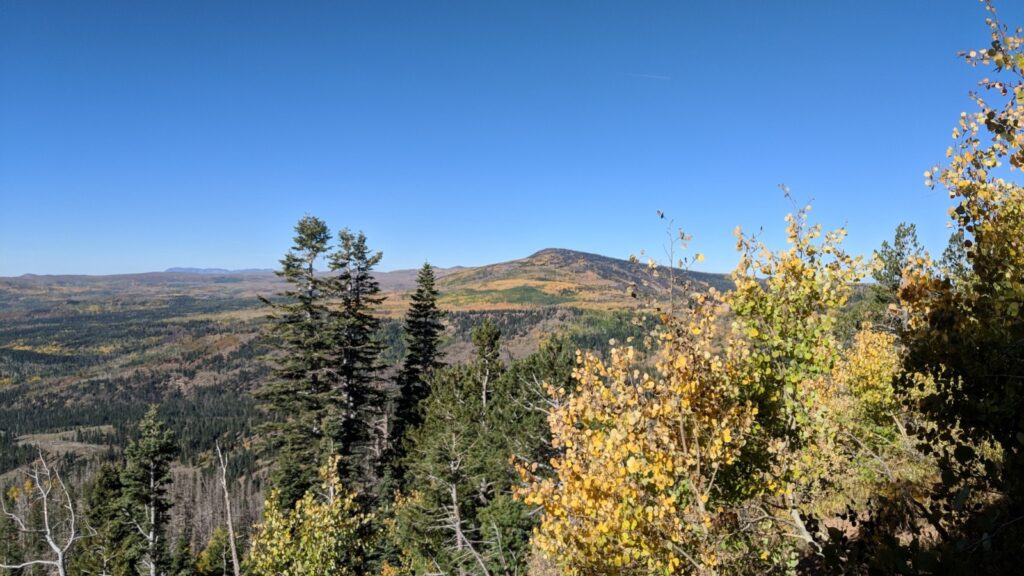

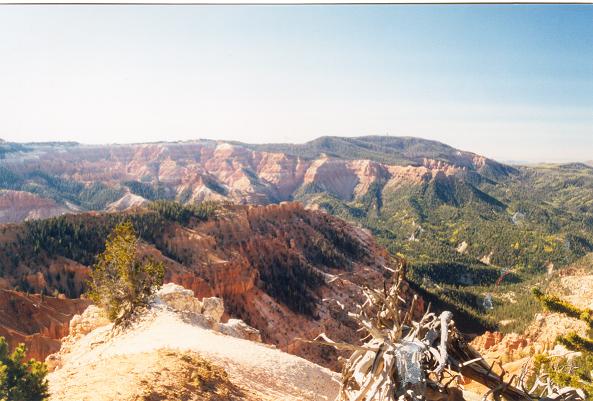
Love the photos!
The non-Mormon perspective on Utah is always interesting to me. I was first exposed to it through children’s literature: The Great Brain series.
That sounds like an interesting series that I’ve never heard of.
That is my favored time in American history. It was a rough time, built tough people. Ray and Vera are proof! Thanks for sharing some of their story.
Actually, the tough period was during Roy’s father. Southern Utah was a hard place to get around in the late 19th Century and as a non-Mormon you were suspect. It hadn’t been that long before hand that “Gentiles” had been killed when traveling through this region (The Mountain Meadows Massacre and several of Powell’s men from his Grand Canyon adventure who tried to hike out)
I enjoyed hearing about Roy and his family’s history so much, Jeff. I spent a fair bit of time in Cedar City over the years, but that was before your time there. It remains a special place in my heart.
Isn’t Cedar a wonderful place! I don’t know when you were there, but it has changed a lot since I moved away early in 2004.
Appreciate you sharing another wonderful story, Jeff. You have met some really great folks on your trips.
This wasn’t a trip as I lived in Cedar City for a decade. Good times!
Being 92 and still active is really good. I enjoyed the stories and the pictures.
Not just active but riding a horse! I image he was one heck of dude when he was younger.
You’ve met some very interesting people!
I’ve been blessed to meet some interesting people!
What a fascinating story! Thanks for sharing it.
Running sheep was a tough life, but he made a good living and later in his life, he (and his son after him) always had a hired man (often a Navajo or someone from South America) who stayed with the sheep.